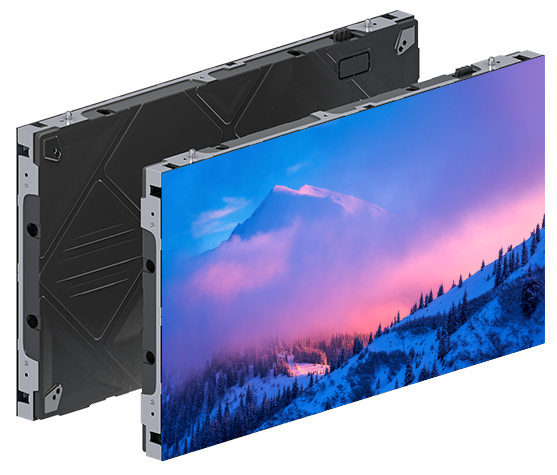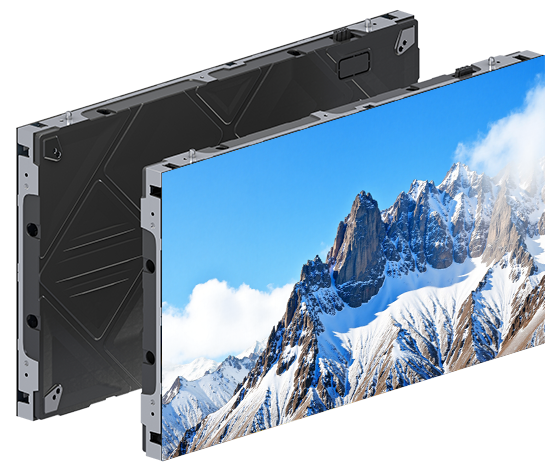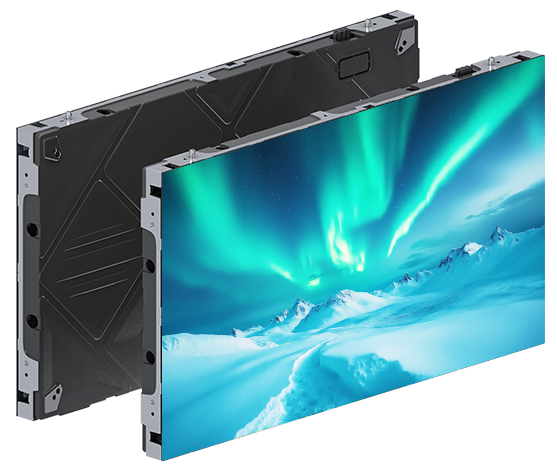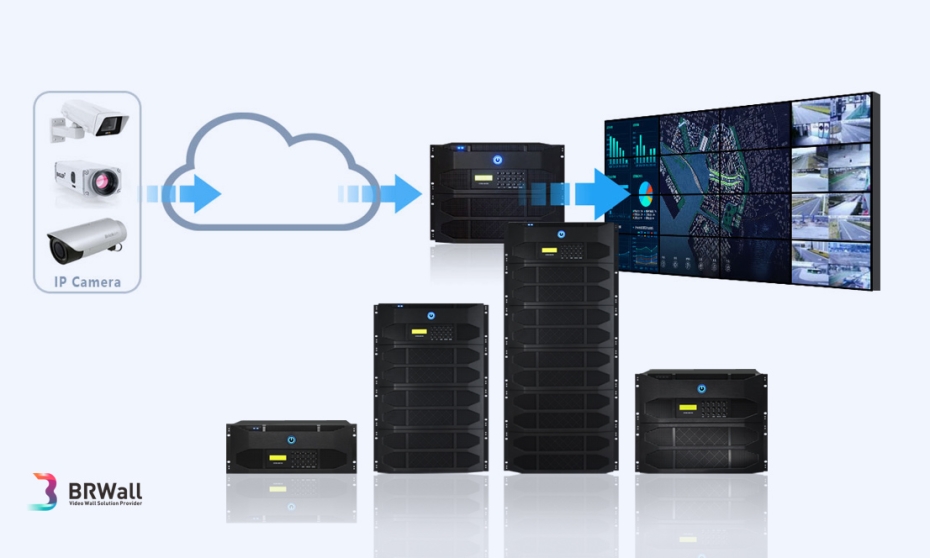The world of digital displays is in a constant state of evolution. For years, SMD (Surface-Mount Device) technology was the standard for high-quality LED screens. However, a newer, more advanced technology has emerged and is quickly becoming the new gold standard for premium applications: COB (Chip-on-Board).
This guide breaks down everything you need to know about COB LED display technology.
Table of Contents
- What is COB (Chip-on-Board) Technology?
- Key Advantages of COB LED Displays
- Disadvantages and Challenges of COB
- COB vs. Other LED Technologies
- Common Applications of COB LED Displays
- The Future of COB Technology
- Conclusion









